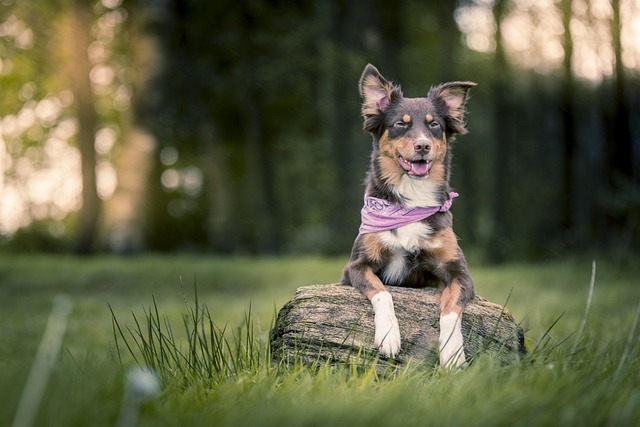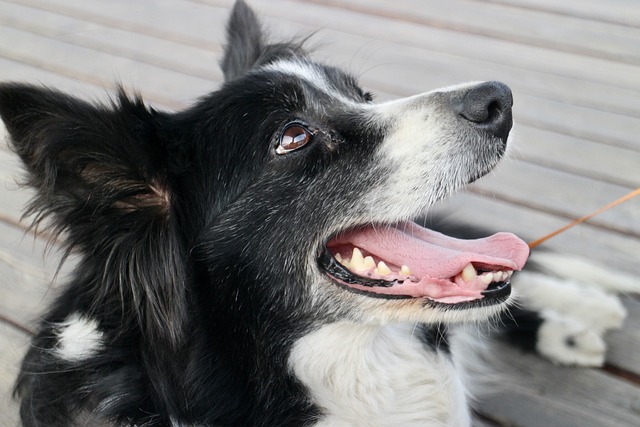
How do you correct bad behavior in a dog?
Dogs are amazing companions, but even the sweetest pups can develop habits that leave you scratching your head—jumping on guests, chewing your favorite shoes, or barking nonstop at the mailman.
What age to teach puppy to fetch? Picture this: you toss a tennis ball across the yard, expecting your pint-sized pup to bound after it, only for them to stare blankly or chase their own tail instead. It’s a common scenario for new dog owners, but understanding the right time to introduce fetch can transform this frustrating experience into a rewarding bonding activity. Beyond simple entertainment, teaching a puppy to fetch aligns with both their natural instincts and local regulations, making it a crucial part of responsible pet ownership in the Europe and America.
Puppies aren’t miniature adults—their physical and cognitive development follows a distinct timeline. Most breeds, from energetic Jack Russell Terriers to laid-back Bulldogs, reach a stage where they can start basic training around 8 weeks old. However, their tiny teeth and fragile joints mean rough play like fetch is off-limits. At this age, focus on building trust through gentle interactions and teaching commands like “sit” or “come.” By 12 weeks, puppies’ baby teeth begin to fall out, replaced by permanent incisors better suited for gripping toys. This transition period marks the ideal window to introduce the concept of fetch in a controlled, low-impact way.
The science behind fetch lies in a dog’s predatory sequence, an instinctive behavior rooted in their evolutionary history. When a puppy chases a moving object, they’re mimicking the pursuit of prey—a behavior that, when channeled positively, provides mental stimulation and physical exercise. A study by the University of Pennsylvania School of Veterinary Medicine found that puppies engaged in regular interactive play showed lower stress levels and improved obedience. But remember: in many urban areas, public spaces like parks have specific leash laws. Teaching your puppy to fetch responsibly—returning to you on command—ensures you comply with regulations while keeping your dog safe.
 Take the case of Lucy, a 16-week-old Labrador Retriever in Seattle. Her owner started by rolling a soft plush toy a short distance indoors, rewarding Lucy with treats and praise when she sniffed or pawed at it. Gradually, they increased the distance and added the verbal cue “fetch.” Within a month, Lucy not only retrieved toys but also dropped them on command—a skill that came in handy during beach outings, where off-leash areas require dogs to respond promptly to their owners.
Take the case of Lucy, a 16-week-old Labrador Retriever in Seattle. Her owner started by rolling a soft plush toy a short distance indoors, rewarding Lucy with treats and praise when she sniffed or pawed at it. Gradually, they increased the distance and added the verbal cue “fetch.” Within a month, Lucy not only retrieved toys but also dropped them on command—a skill that came in handy during beach outings, where off-leash areas require dogs to respond promptly to their owners.
When training, prioritize safety and compliance. In regions like California, where heatwaves can pose risks to young dogs, schedule fetch sessions during cooler hours. Use toys designed for puppies—avoid small balls that could pose a choking hazard or hard objects that might damage developing teeth. And always respect your puppy’s limits; if they lose interest after a few minutes, end the session on a positive note. This approach not only prevents burnout but also reinforces the idea that training is fun, which is crucial for building a well-behaved dog that adheres to local animal welfare standards.
As your puppy grows, fetch can evolve into a more complex game. By 6 months old, most dogs can handle longer sessions and more challenging commands, like retrieving specific items. However, be mindful of breed differences. Herding breeds may try to “herd” the toy back instead of fetching, while sighthounds might lose interest if the object doesn’t move fast enough. Tailoring the game to your dog’s instincts not only enhances their enjoyment but also strengthens the bond between you—a relationship that’s protected by laws in many 欧美 countries, which mandate proper care and training for pets.
In the lively world of puppy parenting, teaching fetch isn’t just a party trick; it’s a vital skill that blends science, safety, and local compliance. Whether you’re in a bustling city park or your own backyard, mastering the timing and techniques of this classic game ensures your furry friend stays happy, healthy, and legally compliant. After all, a well-trained puppy that fetches on command isn’t just a joy to own—it’s a testament to the responsible pet ownership that’s celebrated across Europe and America communities.

Dogs are amazing companions, but even the sweetest pups can develop habits that leave you scratching your head—jumping on guests, chewing your favorite shoes, or barking nonstop at the mailman.

What to do with dogs that don't listen? It's a question every dog owner has asked at some point—whether you're standing in the park, calling your pup back from a squirrel chase

When you reach for your pup’s favorite chew toy—one they’ve been growling over for 10 minutes—and feel their teeth sink into your hand, sharp and sudden, panic mixes with hurt.

How to correct a disobedient dog? It's a frustration nearly every dog owner faces—whether it's a pup ignoring your “come” command, a adult dog jumping on guests, or a rescue with stubborn habits.

The first crackle of fireworks on Independence Day sends your pup into a tailspin—pacing, ears flattened, barking so hard their whole body shakes, as if they’re trying to scare the noise away.

The Fourth of July backyard barbecue is in full swing when the first firework bursts—bright, loud, and sudden—and your dog explodes into a frenzy of barking